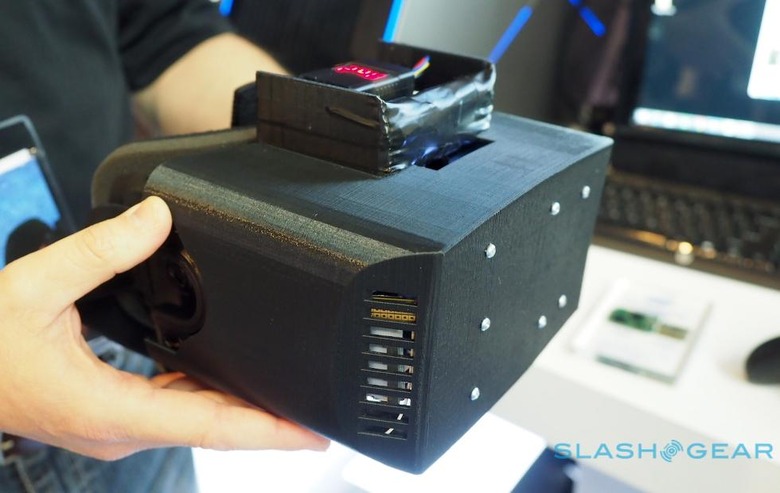Apple's AR/VR Headset Reportedly iPhone-Free And 8K Each Eye
Apple's big push into augmented reality and virtual reality may not be the first such product to launch, but according to new leaks it could well be the most dramatic. The iPhone-maker has long been rumored to be working on AR and VR technology, including long-standing chatter of Apple smart glasses. Now, fresh information on just what they might comprise has emerged.
AR/VR wearables face a few problems. First, they need to deliver sufficient resolution that virtual graphics blend with real-world details. Then, they need sufficient processing power to actually drive those head-mounted displays and the apps and games that would take advantage of them. All that, of course, is power intensive, requiring a sizable battery if you want to stay wire-free.
Apple's answer is reportedly a full 8K resolution display for each eye. The headset would be completely untethered from either a computer or an iPhone, though not be entirely self-contained. Instead, it would rely on a short-range wireless connection to a dedicated piece of hardware that would do the heavy lifting.
According to CNET's source, said to be familiar with Apple's plans, the project is known as T288. Currently in the early stages of development, it's not expected to arrive in stores until 2020 at the earliest. That could still well change, of course.
Apple T288, it's said, relies on a combination of custom Apple silicon and cutting-edge wireless technologies in order to address the pain points other headsets struggle with. The former would be a brand new, 5nm processor, at least a generation ahead of the chips currently found inside the iPhone and iPad. According to the source, the new T288 AR/VR chipset would be more akin to the ARM-based processors Apple is believed to be working on for its Intel-ousting Mac refresh than it is the company's smartphone chips.

As for the wireless side, that would be WiGig, a 60 GHz wireless standard also known as 60 GHz 802.11ad. That's been something several companies have tried to push in recent years, not least Intel which for a time was making dedicated WiGig cards for laptops. Attempts to popularize the standard as an option for wireless docking stations failed to catch on, however, and last year Intel repositioned the tech as ideal for virtual reality headsets instead.
For Apple's purposes, the potential for a 8 Gbps wire-free link between an AR/VR headset and a nearby machine that drives it is huge. Second-generation WiGig 2.0, also known as 802.11ay, could quadruple the bandwidth and add up to four streams of MIMO. However, it's still in draft status, and is unlikely to be finalized until next year.
It may be required, though, depending on how much detail Apple wants to deliver to each eye. 8K for a head-mounted display is something we simply haven't seen yet, at least not in a state that's production-ready. Still, Apple is believed to be working on MicroLED displays that, though significantly more expensive than LCD and OLED, could be brighter, thinner, and more power-efficient than them too, as well as packing in far more pixels.
There are still plenty of questions about the rumored hardware. It's unclear if Apple intends to make the device which drives the T288 on the other side of the WiGig link portable: right now, in the development stage, it's said to resemble a tower PC, though that's clearly not the final form factor. Although the idea of "smart glasses" has suggested some sort of advanced Google Glass, which would allow completely untethered use out in the real world, Apple's target audience could well be those who might now be using HTC VIVE, Oculus Rift, or other "tethered" headsets powered by a potent gaming PC.
